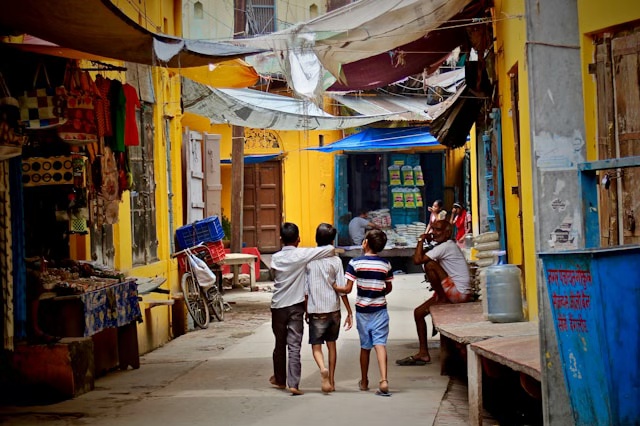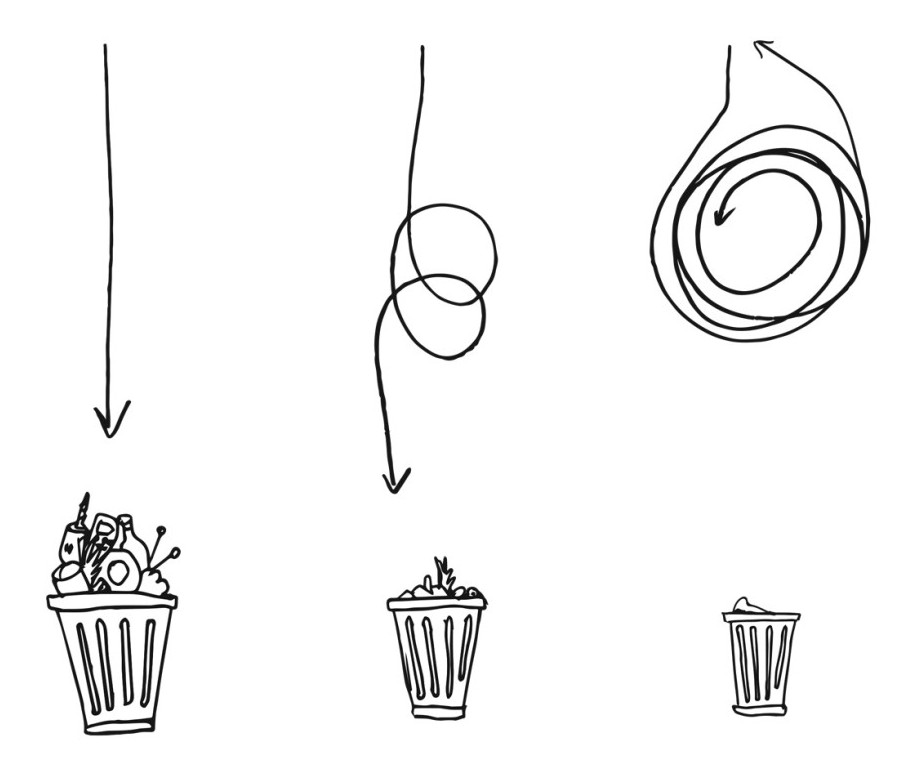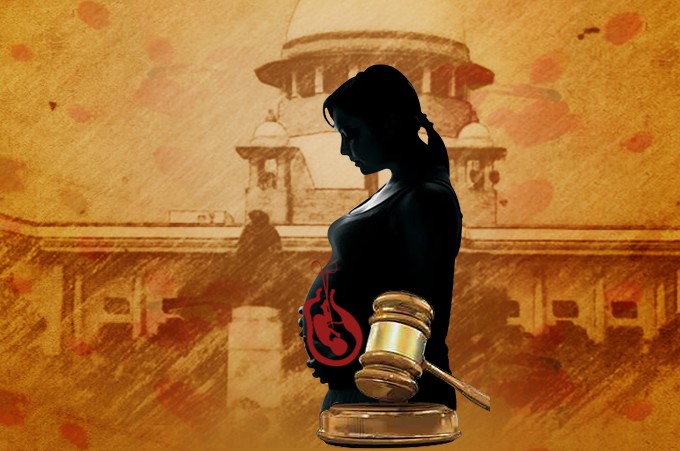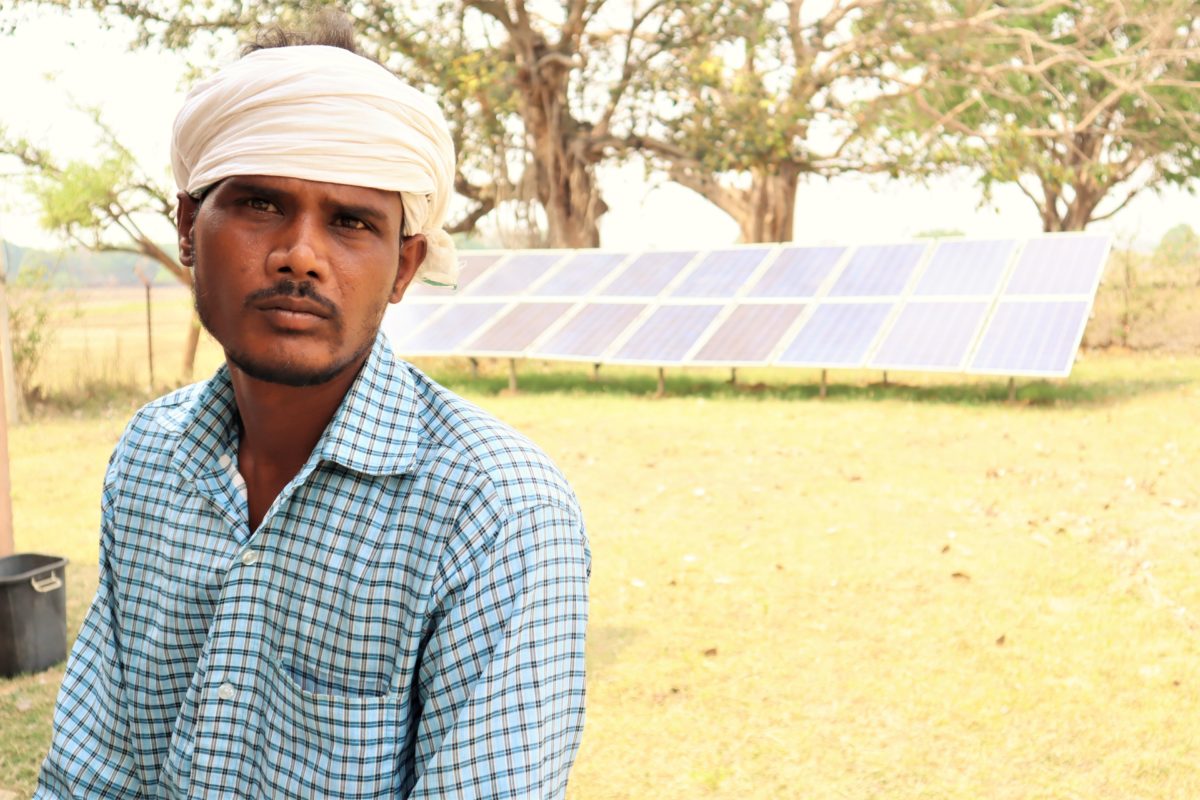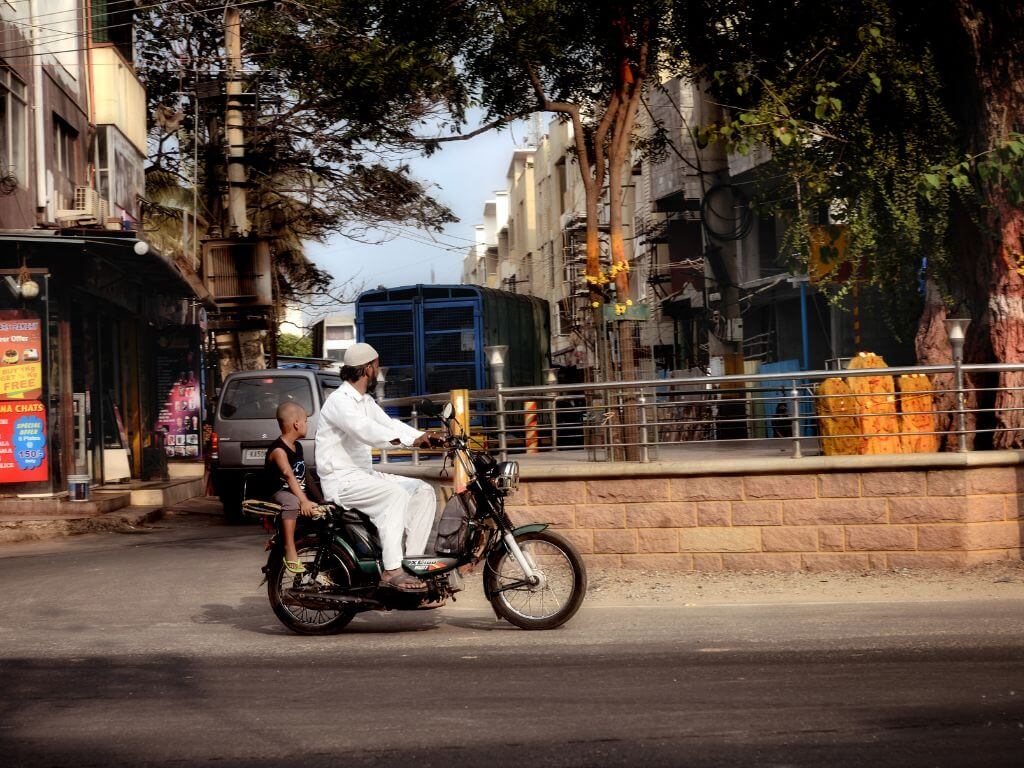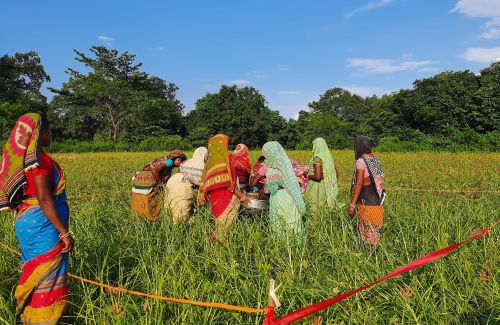On the 9th and 10th of October 2004, over 250 persons from 15 different states, gathered together in Delhi for the People's Tribunal on population policies and the Two Child Norm. Among these were 75 men and women who shared their stories of pain, agony and humiliation in the gathering of experts, media persons and concerned citizens. There were stories from women who had been ill-treated during the family planning operations; stories where there was no one to care or their complications.
Shimla Devi, from Adilipur village in Uttar Pradesh underwent sterilization on 12th of February 2004. After the operation, she vomited continuously and no health worker came to assist her. Later she developed more complications and also hernia. On the 26th of June 2004, she underwent another operation and ended up spending 5,000 rupees. Suran Pulamma, from Rangareddy district, in Andhra Pradesh was married as early as 13, gave birth at 14 was sterilized at 18 years and soon lost her husband. She has neither received the benefits that she was promised and has since then suffered from chronic ill-health.
There were many similar stories. S Singh of Kanpur, Uttar Pradesh broke down recounting the story of how his daughter Sudha died after the doctors pierced her intestines while doing her family planning operation. Stories and evidence from the east, and the west, from the north and the south all pointed to how hundreds of thousands of family planning operations were being conducted on women with little care for quality but under the pressure of meeting family planning targets, even though targets were not part of the National Population Policy.
Doctors often completed an operation in less than 5 minutes, throwing all norms to the wind. This meant that there were infection, complications, failures and even death, and there were no provisions within the programme guidelines to deal with these.
• Healthcare : Eyes on the prize
Not surprisingly, the members of the tribunal were moved by the experiences of the women and men, and strongly condemned coercive population policies.
Mr P.K Hota, Secretary Department of Family Welfare, Government of India was also present at the tribunal. Professing ignorance, he mentioned that he was not aware that the programme supervised by his department resulted in such misery for the people. The members of the Tribunal urged the Government to take immediate steps to stop coercive measures, remove the two child norm and ensure quality services.
Following this, on the 11th of October hundreds of health activists from West Bengal, Orissa, Bihar and Jharkand gathered together in Ranchi for the fourth Public Hearing on Right to Health organized the National Human Rights Commission and the People's Health Movement. At this public hearing citizens from these states presented their cases of denial of health services by the government health sector. Similar public hearings had been organised in July at Bhopal, in August at Chennai and in September at Lucknow.
A few more are planned. These NHRC hearings on the Right to Healthcare are bringing out hundreds of cases where people are being refused health care. They highlight instances where complications are not being attended, of tuberculosis patients who do not receive their medicines leading to drug resistance, where lack of anti-venin or other life saving drugs have led to death and devastation for hundreds of families and many similar situations.
Events like the public tribunal and the public hearings raise important questions about the way health care is being provided to our citizens. The health care system in India is undergoing rapid and fundamental changes. On the one hand there is a tremendous sense of pride both among the health care providers and the privileged citizens that the healthcare facilities are among the best in the world and people from the world over are coming to Bangalore, Chennai, Mumbai or Delhi to get treated. But at the same time the health care services available to the poor and underprivileged is far from adequate. In the name of sectoral reforms many services are no longer being provided free and there is a push for increasing the participation of private sector entities in providing health care services.
Several facts about the public provisioning of health care services in India are well known. The Indian healthcare system is among the most privatised in the world and less than a quarter of all health care related expenses are met by the government. It is not surprising therefore that health related expenses are among the most important causes of rural indebtedness and impoverishment.
Studies have shown that even the little money there is to spend on health gets disproportionately spent on bigger hospitals and providing free care to those who can afford it. Curative public services for example, largely favour the rich, with Rs 3 spent on the richest quintile for every Rs 1 spent on the poorest 20 percent. This is because government-run referral hospitals (tertiary class) in India offer free curative services that are utilised by rich citizens more than the poor because the poor face a large number of access hurdles. Public funding for such services, dispensaries, insurance schemes, and medical education and training account for 60 percent of allocations, leaving only 26 percent for public health and family welfare, and 14 percent for administration and miscellaneous services. To add to this state of affairs, government expenditures in family welfare programmes have been conclusively shown to make poor women's lives quite miserable.
But the tribunal meeting and hearings are a sign that the times are going to change. The rural poor are now bold enough to come forward and share their stories with a larger audience. Gone are the days when these very people faced the worst calamities with a fatalism born out of years of hopelessness. Still, it is ironic and unfortunate that in a socialist democratic country like India, the underprivileged need to come forward and assert themselves in the faint hope that the government will wake up to its constitutional responsibility of promoting welfare of its citizens.
The Common Minimum Programme of the government is another indication of possible change, since it provides for increasing allocations for health and for pursuing a more just social policy. The government constituted National Advisory Council is a vehicle for the government policy to incorporate suggestions and feedback from our informed civil society. The contours of a new approach to rural health care is on the anvil and it is hoped that this plan will incorporate the experiences from people from all over the country and provide a new direction to the provisioning of health care services in India.



